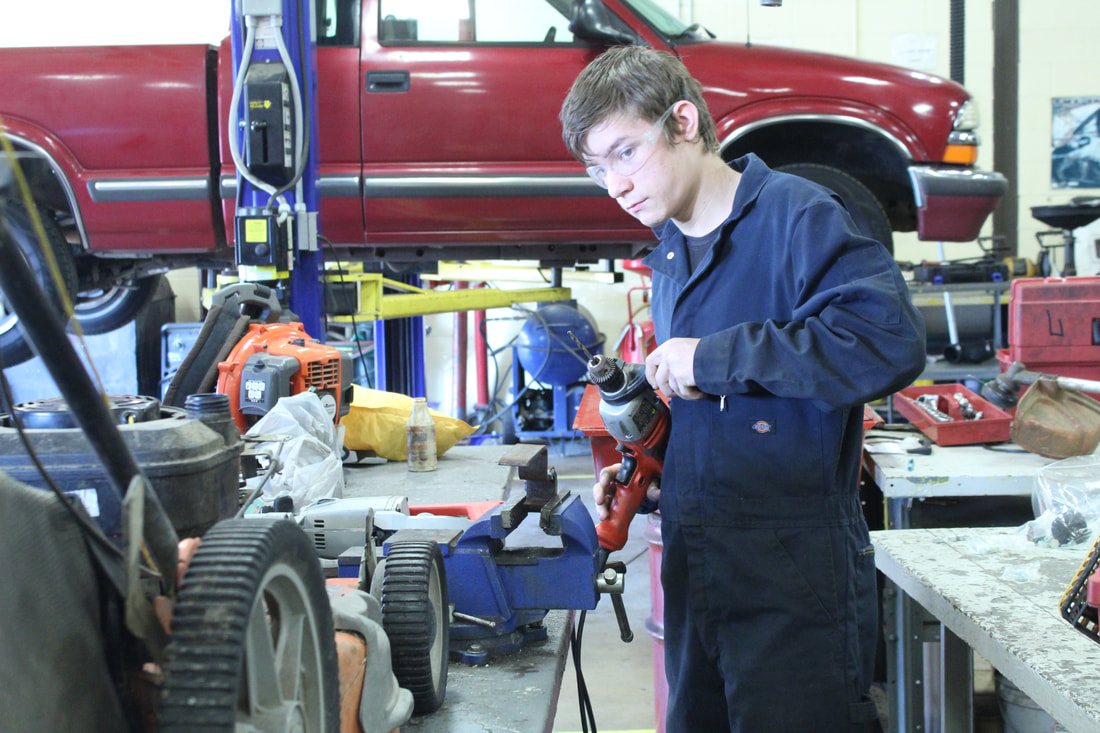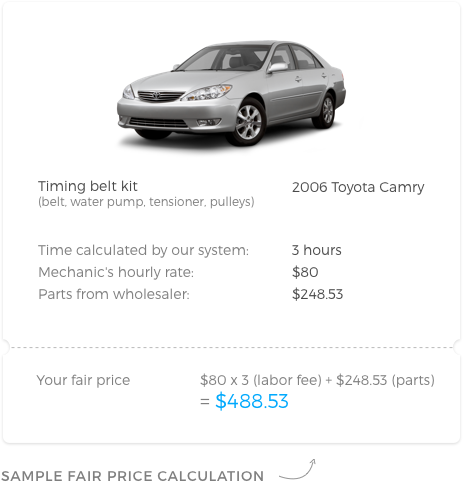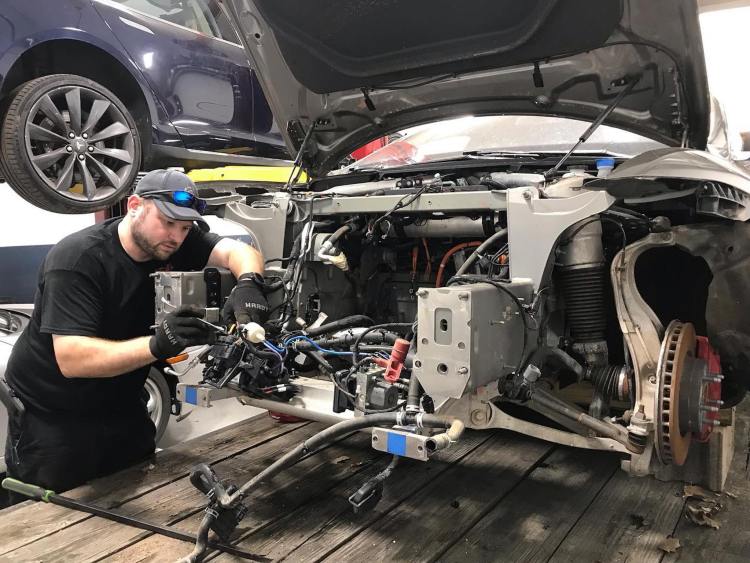
How do you test fuel injectors for leakage? What are the different methods? What are the signs that injectors aren’t functioning properly? What equipment are you going to need? This article will take you through every step in the testing process. Continue reading to find out how to test injectors. You'll have a better understanding of your car's fuel system. You'll be able to identify the problems and make better decisions.
Test system 100
VeriStand Test System 100 is equipped with an FPGA module which provides waveform measurements of individual cylinder injection drivers. Waveform analysis is possible in real time, which allows the engineer to close the fueling circuit. It also allows engine and platform independence through user-definable XML files. The system can simultaneously sample 20 injector current waveforms at up to 12.5 A.

Methods
There are many ways to test the fuel injectors of a car. Standard Motor Products sponsors a video addressing the subject. We will cover some of the most commonly used ones. You can test your injectors by listening to them. Each injector makes a clicking sound when it opens and closes. A mechanic's stethoscope, a long standard screwdriver, and thin hose can help you listen to the injectors and determine whether they are functioning properly.
An indicator of a problem
A check engine light is an indicator that your fuel injectors are not working properly. The check engine light is a warning system that will turn on the check engine light if the fuel supply to your car is not working properly. The check engine light will flash for many reasons. You should always inspect the codes that appear on your car’s display. Here are some tips that will help you troubleshoot the problem:
Equipment required
There are several ways to test fuel injectors. A Noid Light is a basic diagnostic tool. This diagnostic tool is plugged into the wiring harness, and it provides visual indications of the electrical signal that reached it. You must ensure that the Noid Light is properly connected to the injector. These lights can be purchased at an auto parts shop. This will ensure you are purchasing the correct set.

Cost
You need to understand the cost of testing fuel injectors before upgrading them. An injector might be different than the stock one or modified in any way. It's important to know how your new fuel injections will regulate the gas. Advanced injector testing at DW Automotive is available. This will provide the data necessary to optimize your new fuel injections. The Basic InjectorFlow Test will show you the current condition and performance of your injectors during their service.
FAQ
Is it difficult to become a mechanic apprentice
Although it's not an easy task, you will learn quickly and have many opportunities to advance.
You must be patient and persistent. Also, you must know how to fix trucks, cars, and motorcycles.
Customers and relatives can exert a lot on you. You shouldn't feel pressured to make decisions that you don't like.
This could be an excellent career choice for someone who enjoys fixing cars. It's a job where you can earn a decent salary and build up your business.
However, you might prefer to go down another route. This is where you might be interested in becoming a technician.
This means that you can use your technical knowledge to help other workers. You might be able to assist technicians in troubleshooting problems or teach them new techniques.
Another option is to become an advisor in service. As a service advisor, you will provide assistance and advice to customers as they bring their car to a garage.
Your decision will be based on what your priorities are. There are many choices available and you can choose what suits you best.
How can I prepare myself for a mechanic apprenticeship
It is important that you understand the ramifications of your actions. You need to understand the mechanics of cars and how they work. You will be able to know exactly where to begin when you arrive at the garage for your first day.
You should also know how to fix common problems such as tires or broken lights.
You will be able to diagnose and repair problems yourself.
You'll also need to know how different parts fit together to put them back together again.
And finally, you must know how to use tools safely and efficiently.
All of these factors will allow you to become a skilled mechanic.
What qualifications are required to become a mechanic
You will need to pass several exams in order to become a mechanic. These include:
-
A test of general knowledge
-
A practical examination
-
An apprenticeship test
These tests will ensure you are familiar with the fundamental concepts of mechanics and physics before starting to work as a mechanic.
Once you pass these tests you can become a mechanic. You'll still need an apprenticeship. This will involve training in your trade.
To be able to repair vehicles, you'll need classes or workshops. Working alongside skilled mechanics is also a must.
To be a successful mechanic, you will need to have a high degree of concentration and attention. It is essential to pay attention to all aspects of vehicle repairs.
To be a successful mechanic, you will need patience and perseverance. If you don’t like following directions, then this career path may not suit you.
But if you love cars and enjoy fixing them, you could be very happy in this line of work.
Statistics
- Apprentice mechanics earn significantly less hourly than mechanics who have completed training, with a median wage of approximately $14.50 an hour, according to PayScale. (jobhero.com)
- According to the BLS, the median annual salary for automotive service technicians and mechanics in the United States was $44,050 in May 2020. (uti.edu)
- The U.S. Bureau of Labor Statistics (BLS) reports that the job outlook for automotive service technicians and mechanics is expected to decline by 4% from 2019 to 2029. (indeed.com)
External Links
How To
How to properly diagnose your car for repair
You should first examine the symptoms your car is showing to determine if it requires repairs. Follow these steps to properly diagnose your vehicle.
-
Check engine lights. Make sure to check all dashboard indicators like the engine light indicator (oil pressure gauge), the battery indicator (battery light indicator), and the RPM indicator (rpm gauge). You may have a problem with your vehicle if any of the indicators are flashing for more than a few days.
-
Examine the treads of the tires. Tire wear can lead to problems in handling and brake performance. You should inspect the treads on your wheel. You should ensure that they are clean and smooth. This can be done by removing the wheels from the vehicle and taking them off. Use a flashlight to see how well the treads are worn.
-
Observe the brake fluid level. You must always monitor the level of your brake fluid. This helps ensure that your brakes operate properly. Low brake fluid levels could cause your brakes to fail when you apply pressure.
-
Test the suspension system. A suspension system is designed to absorb vibrations and shocks. It improves control and allows for smoother accelerations or decelerations. It might feel uncontrollable or wobbly if your vehicle is suffering from a suspension problem. You can test if your vehicle has a suspension problem by putting weight on either the front or back axle to see how it moves.
-
Take a look at the steering column. Steering columns are used to connect the steering wheel to the rest of the vehicle's components. Accidents often damage steering columns. If yours feels loose or shaky, you should replace it.
-
The exhaust pipe should be observed. Exhaust pipes help move gases from the combustion chamber to the atmosphere. Your cabin will be effected if your exhaust pipe cracks or leaks. It is also important to repair any bends in your tailpipe immediately.
-
Check under the hood. Look underneath your hood to see if anything looks strange. You could have fluids leaking from the engine. You should also contact a professional technician if there is an unusual odor coming from the engine compartment.
-
The air filter should be checked. Your vehicle's air filter collects dust and debris from the outside environment. A dirty filter can lead to a poor vehicle's performance. Replace your air filter regularly.
-
Verify the fan belt. The fan belt is the link between the engine and the transmission. If the fan belt is damaged, the engine won’t turn. It is very easy to replace your belt. All you need is a screwdriver and some pliers.
-
The radiator hose and hoses should be checked. The radiator hose is used to carry water from the radiator to your engine. If the hose becomes damaged or cracked, hot liquid can be emitted onto the engine. To repair the hose, you will only need to use a pair needle-nosepliers and a wire brush.
-
Make sure you have the windshield wipers checked. Windshield wipers work by using electricity to remove rain and snow. If they stop working, streaks could be left on your glass. Simply change the washer oil to fix the problem.
-
The battery cables should be checked. The batteries provide power to the electrical systems within your car. Make sure you disconnect the negative cable before replacing batteries. Failure to do so can damage your alternator.
-
Pay attention to your headlights. Headlights help you see the road ahead. It can lead to poor visibility if they aren't working properly. You can check the bulbs to make sure they aren't burned out.
-
Always check your lights. When you approach them at night, the lights warn other drivers. It could cause distraction and even lead to an accident if it doesn't work.
-
Make sure you check your brakes. Before you collide with another vehicle, brakes will slow down the car. You could lose control of the car and cause a crash if they don't work properly.
-
Check the oil regularly. The oilkeeps your engine lubricated. It helps prevent metal parts from wearing out too quickly. Changing the oil every month is recommended.